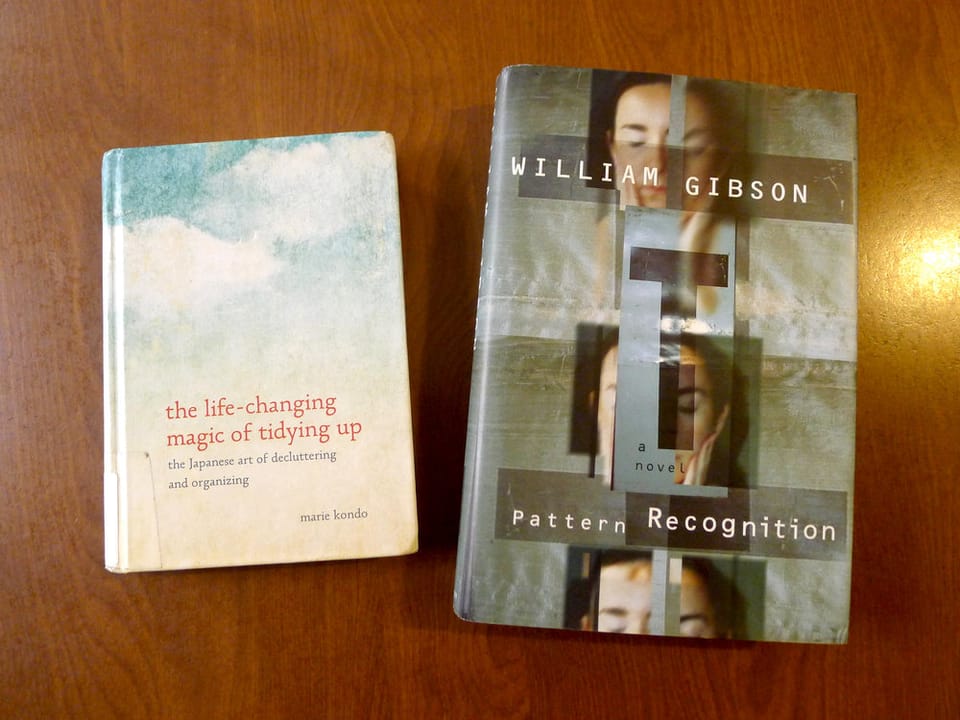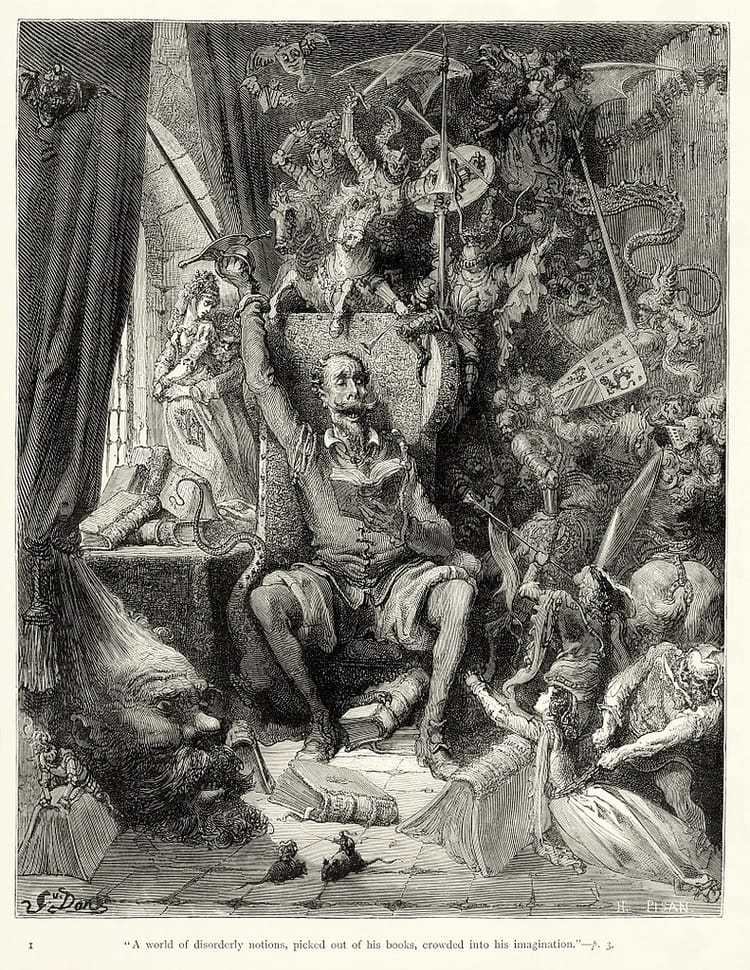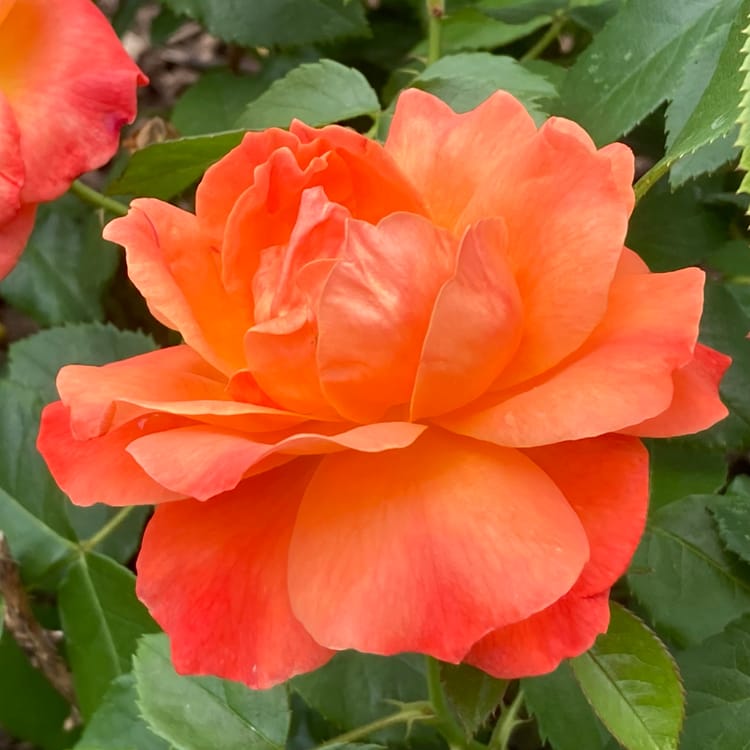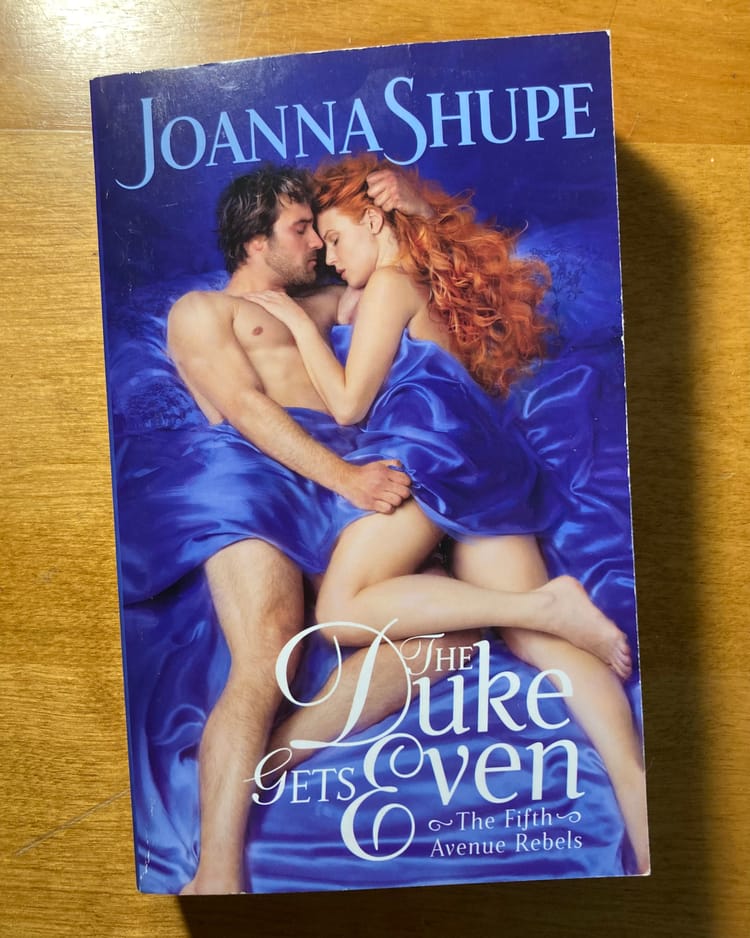feeling my way out of the miasma

The heading that opens the second chapter of Marie Kondo’s The Life-Changing Magic of Tidying Up, “Start by discarding, all at once, intensely and completely,” gives me visions of ecstatically unburdening my apartment and myself. However, in actually attempting to implement the process she advises, I immediately run into trouble. “My criterion for deciding to keep an item is that we should feel a thrill of joy when we touch it,” Kondo writes, and she tells us to begin by identifying the clothing we want to keep. I have found that if I were to keep only the clothing that “sparks joy,” I would have only two T-shirts, one purple tunic, one black turtleneck, three sweaters, one pair of dark blue jeans, two dresses, one belt, two scarves, one pair of black flats, one pair of low-heeled Mary Janes, and one pair of black Converse sneakers. Everything else triggers a miasma of confusion (as does writing this list), but I’ve kept much of it, because without it I would have not quite enough clothing to function as an adult in Brooklyn, New York, especially during a hot summer.
In an essay at Garage, Niina Pollari connects the “aspirational minimalism” of Kondo with that of Cayce Pollard, the heroine of one of my top three favorite novels, Pattern Recognition by William Gibson. Cayce’s wardrobe includes “children’s black Fruit of the Loom tees, Levi’s 501s (with the branding ground off their buttons by a puzzled locksmith), thin gray prep-school uniform pullovers bought by the half-dozen, and a versatile stretchy black jersey tube christened ‘Skirt Thing’ that she can fashion into a dress if needed. She also has leggings, tights, Harajuku schoolgirl shoes, and boots, all in black.” I have indeed aspired to such minimalism, mainly as a way to circumvent my profound emotional cluelessness about what I want to wear. And whereas Kondo appeals to our “intuitive sense of attraction,” the sensitivity that leads Cayce to her minimalism is negative: “She is, literally, allergic to fashion. She can only tolerate things that could have been worn, to a general lack of comment, during any year between 1945 and 2000.”
I have my own peculiar allergy, or phobia, that for me renders entire categories of clothing unwearable, so Cayce’s negative sensitivity makes sense to me. I can’t quite imagine assuming a wardrobe as severe as hers, though, because (although intellectually I know the feeling is bunk, given that, like Laura Lippman, I really do think that everyone looks great), I generally feel that my looks are too plain, and wearing plain or simple clothing often just emphasizes that feeling.
You’ll notice that all of this confusion has far more to do with feelings than with how anything (my clothing, me) actually looks. For now, the black T-shirt and yoga pants I’m wearing today feel comfortable. I’ll put on some lipstick before we go out in an hour or so, and that will feel good, too. Though neither sparkly nor joyful, these feelings, if I trust them, can lead me out of the miasma.



